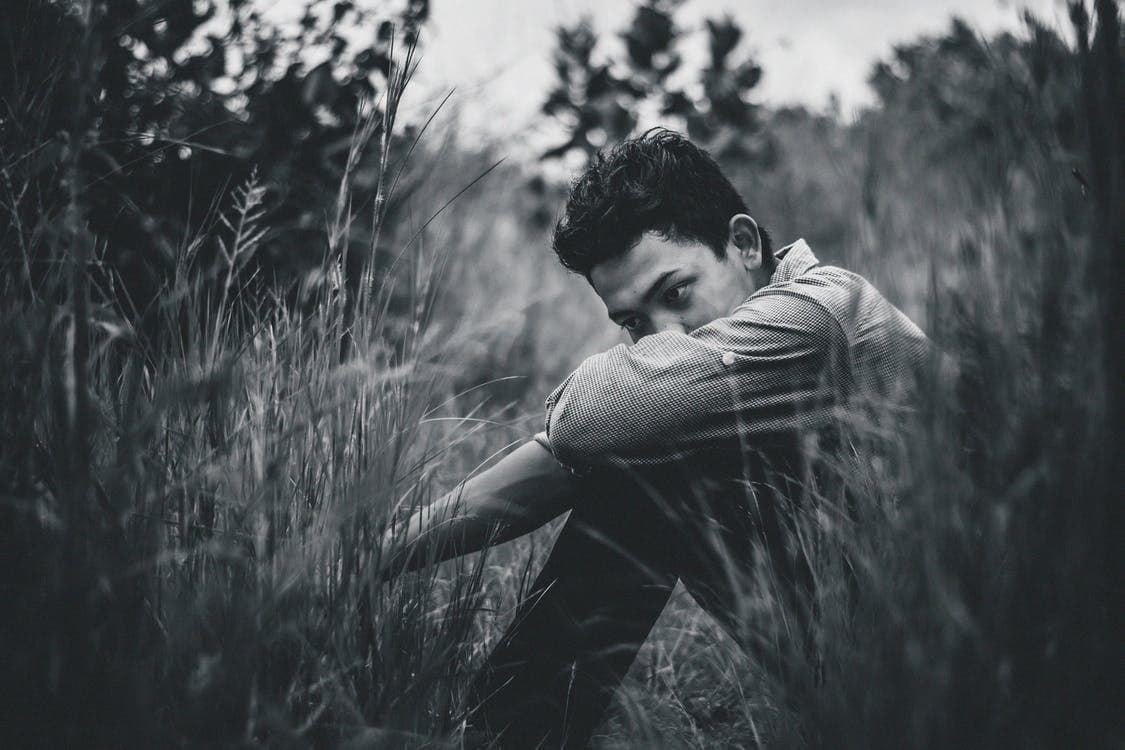 Has your son been diagnosed with reactive attachment disorder (RAD)? Any diagnosis, whether brand new or something you’ve been sitting with for a while, can be overwhelming as you try to navigate what it means for your child and your family. Learning more about RAD and what might be helpful for your child and family can put you in a better position to understand how the future of your family may look.
Has your son been diagnosed with reactive attachment disorder (RAD)? Any diagnosis, whether brand new or something you’ve been sitting with for a while, can be overwhelming as you try to navigate what it means for your child and your family. Learning more about RAD and what might be helpful for your child and family can put you in a better position to understand how the future of your family may look.
What is RAD?
RAD is a condition that sees children failing to establish a healthy and loving attachment with their parents or caretakers. There are a few reasons that children develop RAD. For example, their basic comfort needs are not met, and they don’t get enough affection or parental nurturing. With the correct treatment, children with RAD can develop healthy and stable relationships with those around them. Most diagnoses of RAD are in infancy. Several signs indicate that an infant, toddler, or older child may have RAD.- Appearing to be listless and sad
- Fear, irritability, sadness, and withdrawal from others without an apparent reason
- Not seeking out comfort from a parent or caregiver
- No social interaction with other children or with adults
- Not reaching out with outstretched arms when a caregiver picks them up
- Behavioral problems
- Refusing to play any interactive games
- Showing zero response when someone provides comfort that most without RAD love to get
- Not smiling very often or at all
How RAD can take a toll on your family life
A RAD diagnosis can impact every person in the family. This is because the dynamics of RAD often play out in those close relationships we have with members of our family. RAD can affect parents, grandparents, siblings, and even the family pet. Some of the concerns families deal with are rules, boundaries, and something known as triangulation. Triangulation typically sees the child with RAD being engaging, sweet, and kind to one parent, often the dad, while pushing away the other caregiver, quite often the mom. Parents can find themselves having completely different experiences with the child. This can, in turn, lead to conflict between them. Other family members simply won’t see what the mom is experiencing. This can lead to further conflict within the family as the stressed parent begins to lose support. Children with RAD are also often skilled at identifying and manipulating the power dynamics between siblings. They may try to control young children in the home, often mentally and physically. Another unfortunate concern is that children with RAD may try to control pets in the home. This can lead to the pet potentially biting or scratching and then being treated poorly by the child, who is now angry.Treatments for RAD
There is hope with treatment, even when it feels like things may simply be homeless. With a greater understanding of RAD can come great options for support. It’s important to point out that no one standard treatment for RAD exists. Treatment should combine a selection of therapies and lifestyle changes. Both the child with RAD and parents should be involved in the treatment. Keep in mind that RAD is what is known as a relational disorder. Recovering and healing will take place within your son's connections with others in his life. RAD is not a disorder that children tend to grow out of. The sooner they get the treatment they need, the better long-term improvements can be seen. It is also essential that children and teens with RAD have a stable living environment that can provide them with the emotional and physical safety they need. There also needs to be stability with parents and caregivers in their life. The treatment strategies that could be used for your son may include the following.- Talk therapy
- Trauma-focused CBT
- Animal-assisted therapy
- Art therapy
- Interaction therapy between parent and child
- Eye movement desensitization and reprocessing


Leave a Reply